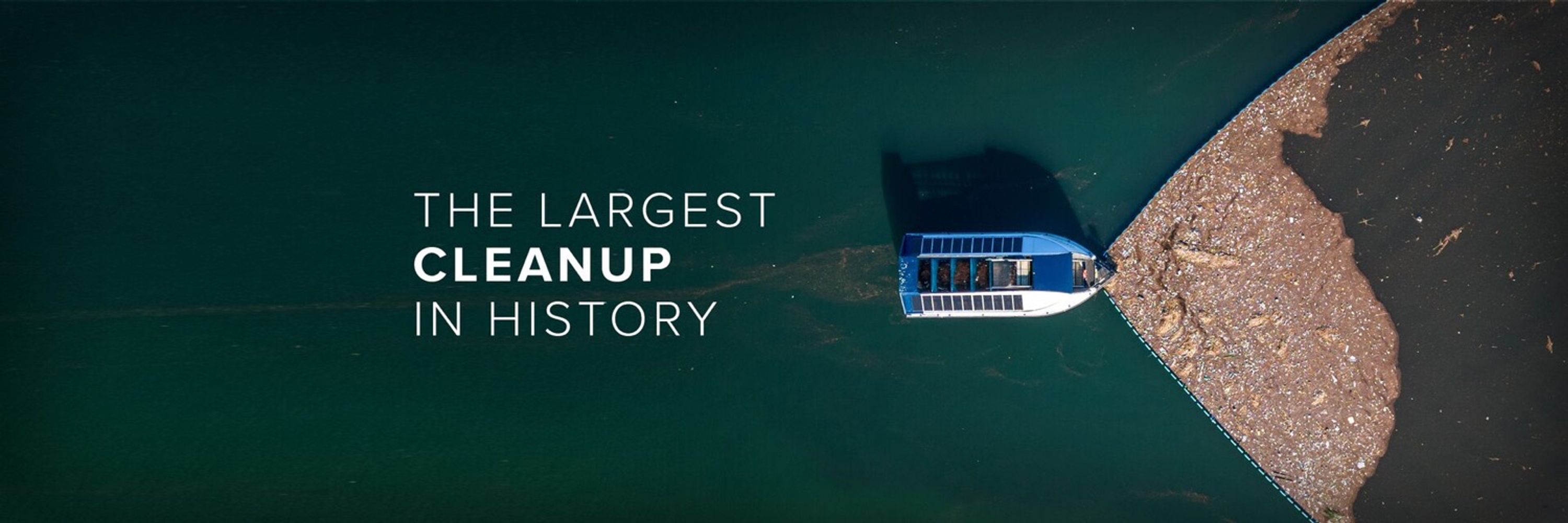
These are two of our nine Interceptors stopping trash from entering the Caribbean Sea in Kingston, Jamaica:
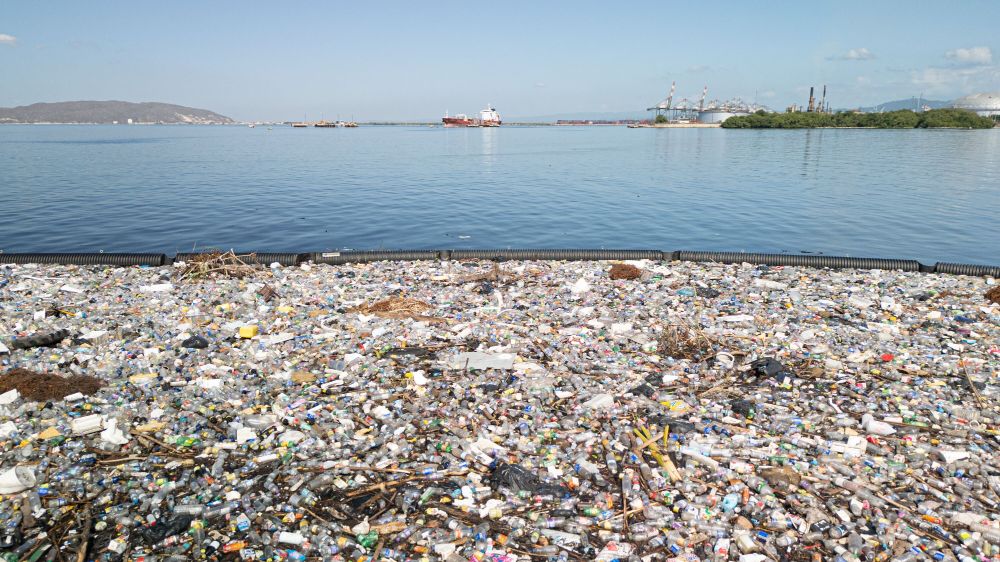
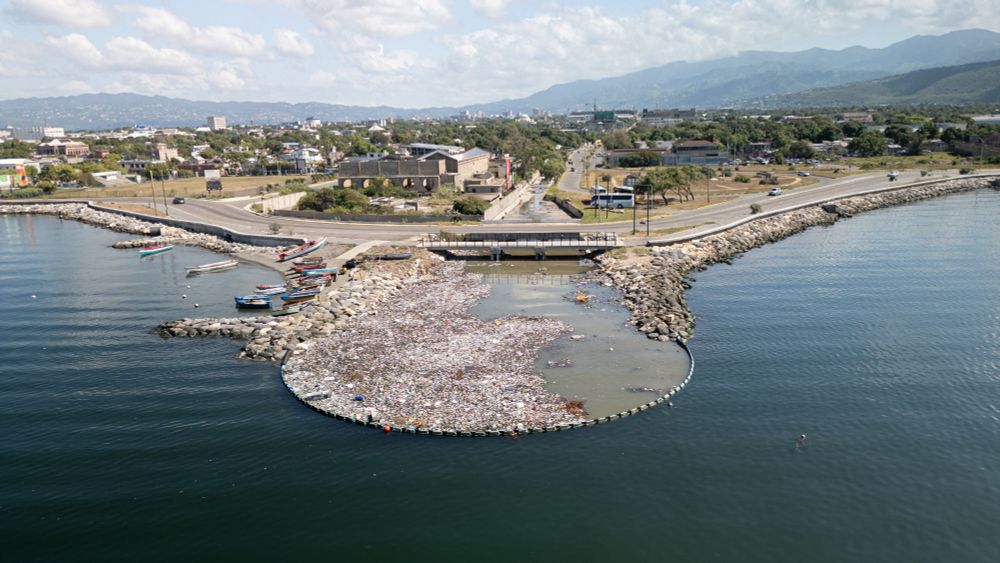
These are two of our nine Interceptors stopping trash from entering the Caribbean Sea in Kingston, Jamaica:
We just completed the first drone tests to help us locate plastic hotspots in the Great Pacific Garbage Patch:
We just completed the first drone tests to help us locate plastic hotspots in the Great Pacific Garbage Patch:
This is how we map waterways in a city to determine the most effective Interceptor deployment location:
This is how we map waterways in a city to determine the most effective Interceptor deployment location:
Read more here: theoceancleanup.com/updates/the-...
Read more here: theoceancleanup.com/updates/the-...
📍Location: Anantara Plaza Nice Hotel
🗓️ Date: June 12th at 12pm CEST
RSVP: [email protected]
@unoceandecade.bsky.social
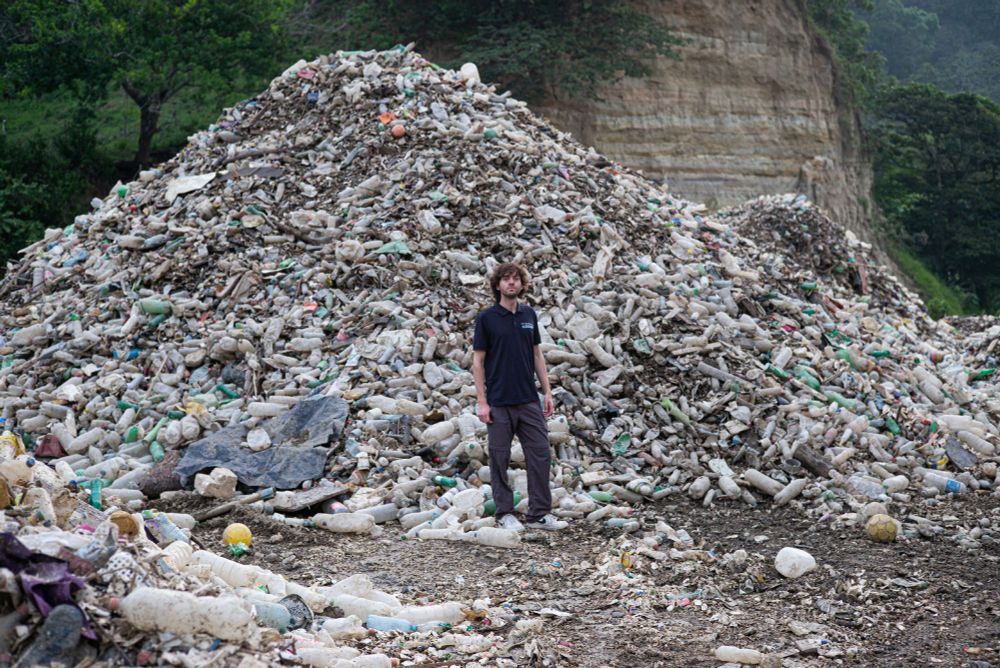
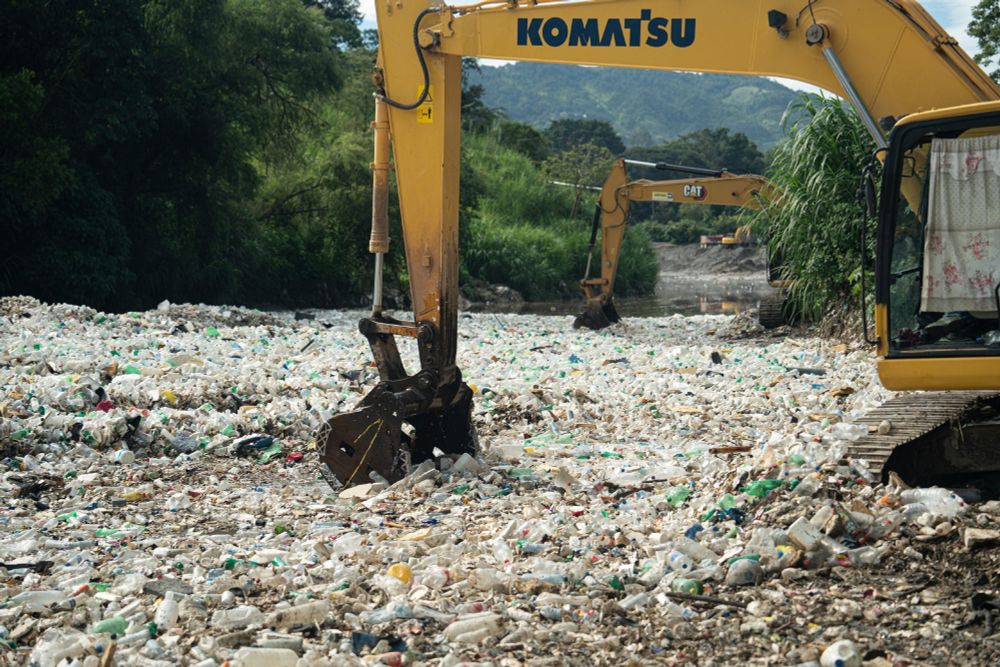
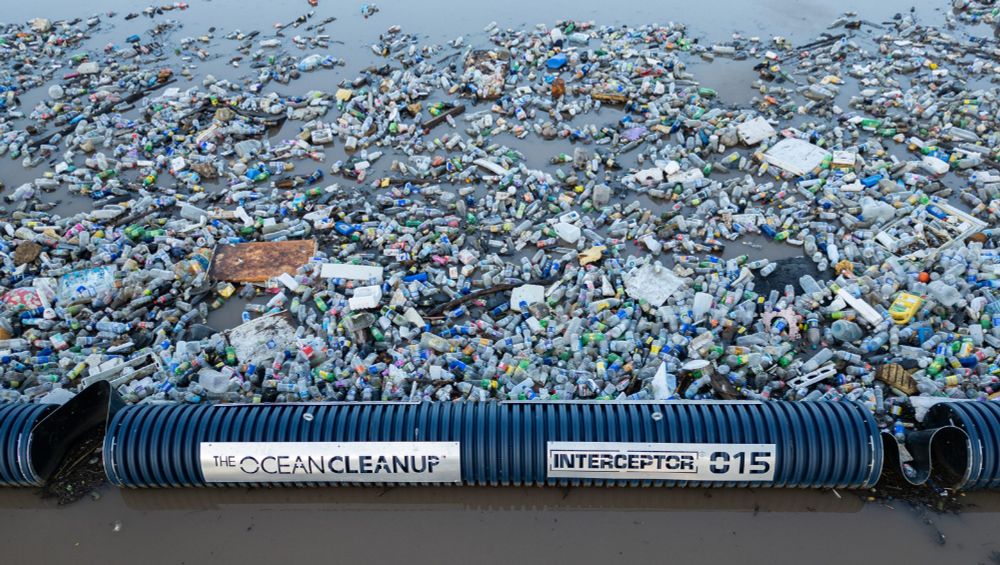
📍Location: Anantara Plaza Nice Hotel
🗓️ Date: June 12th at 12pm CEST
RSVP: [email protected]
@unoceandecade.bsky.social
We conducted a Net Environmental Benefit Assessment to answer this question. Read our findings ⬇️
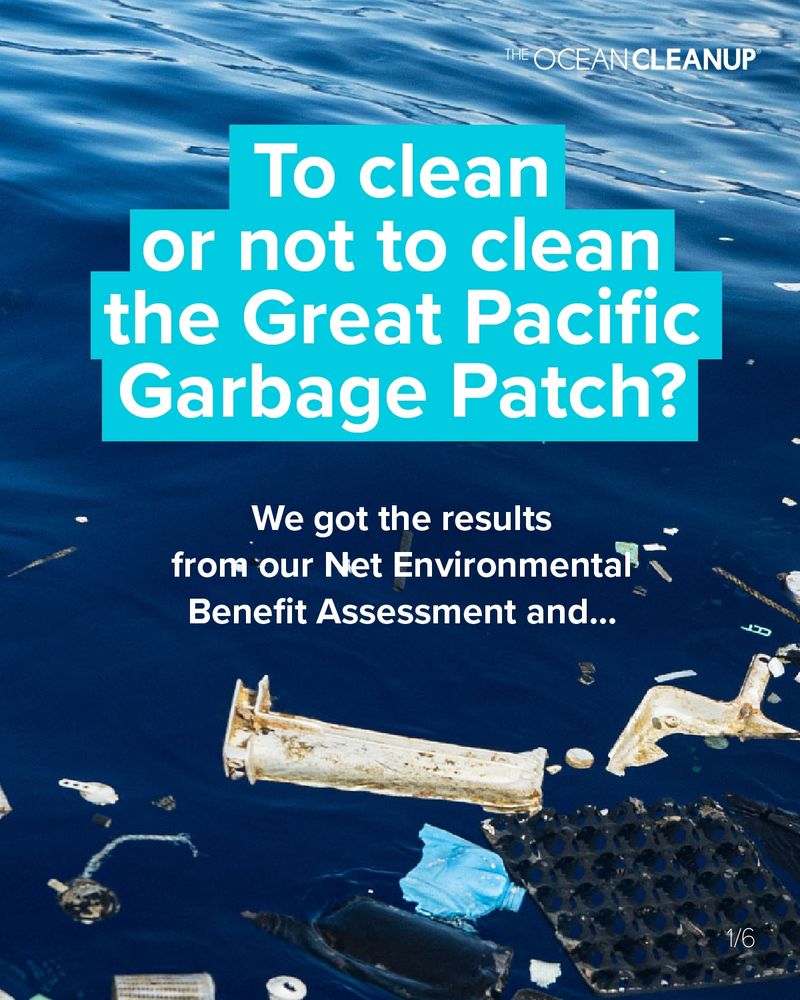
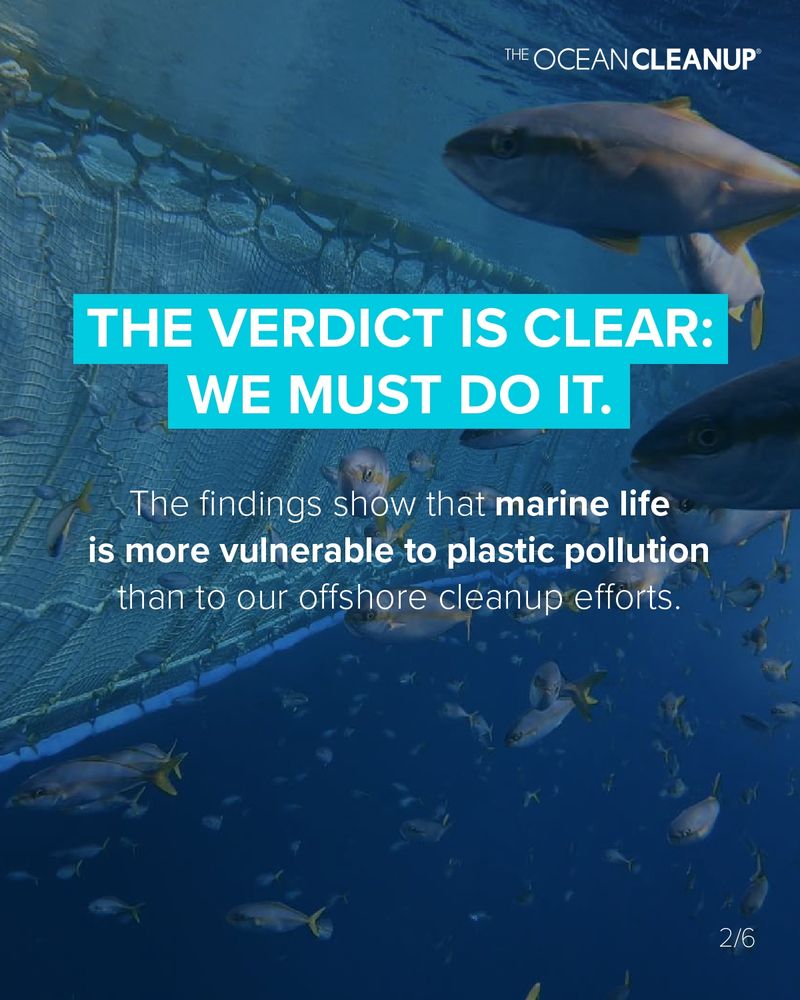
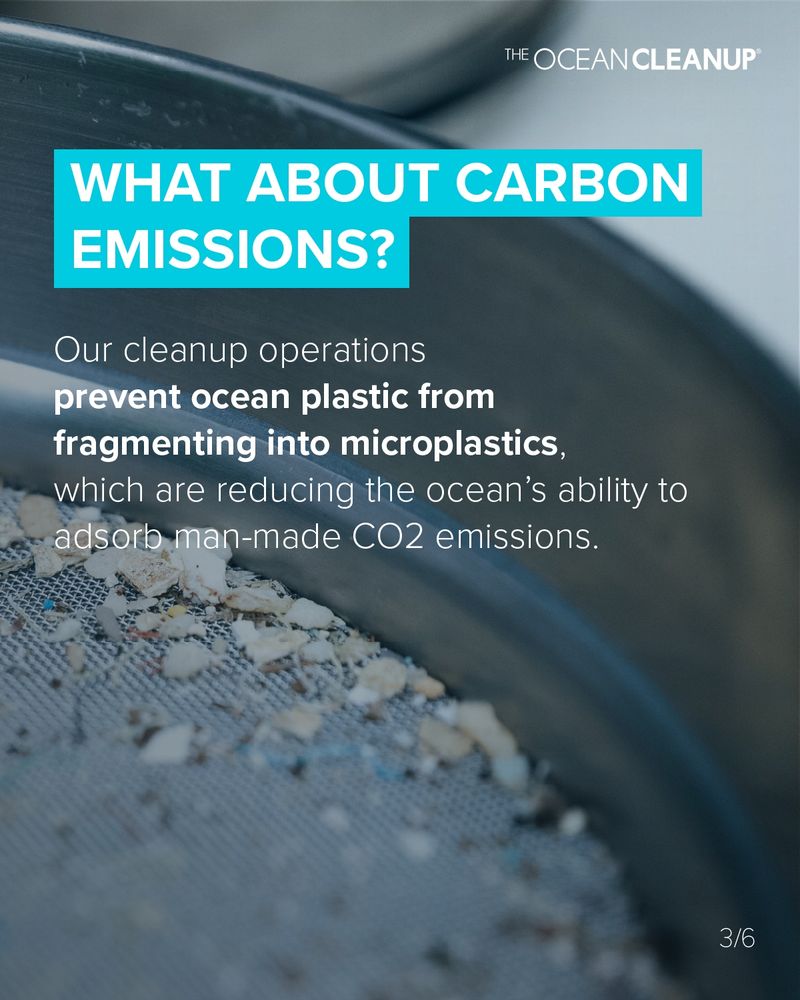
We conducted a Net Environmental Benefit Assessment to answer this question. Read our findings ⬇️
Interceptor 006 consists of two barriers: a blue one upstream ( here before & after trash extraction):
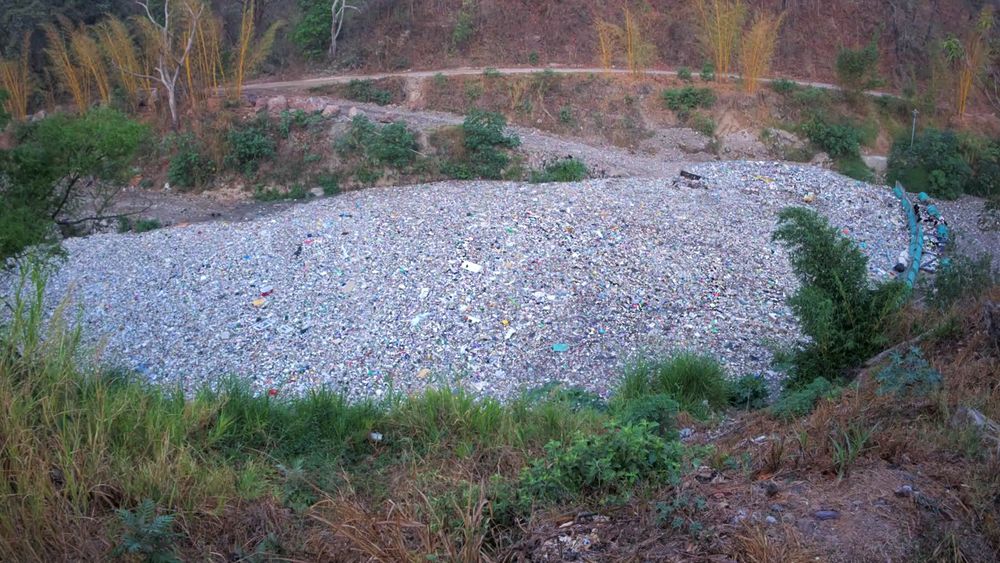
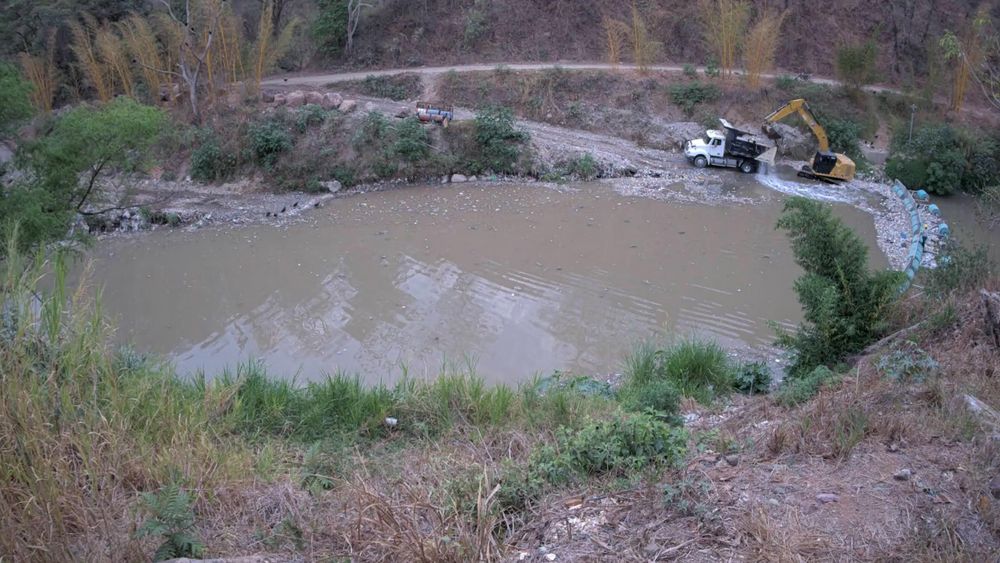
Interceptor 006 consists of two barriers: a blue one upstream ( here before & after trash extraction):
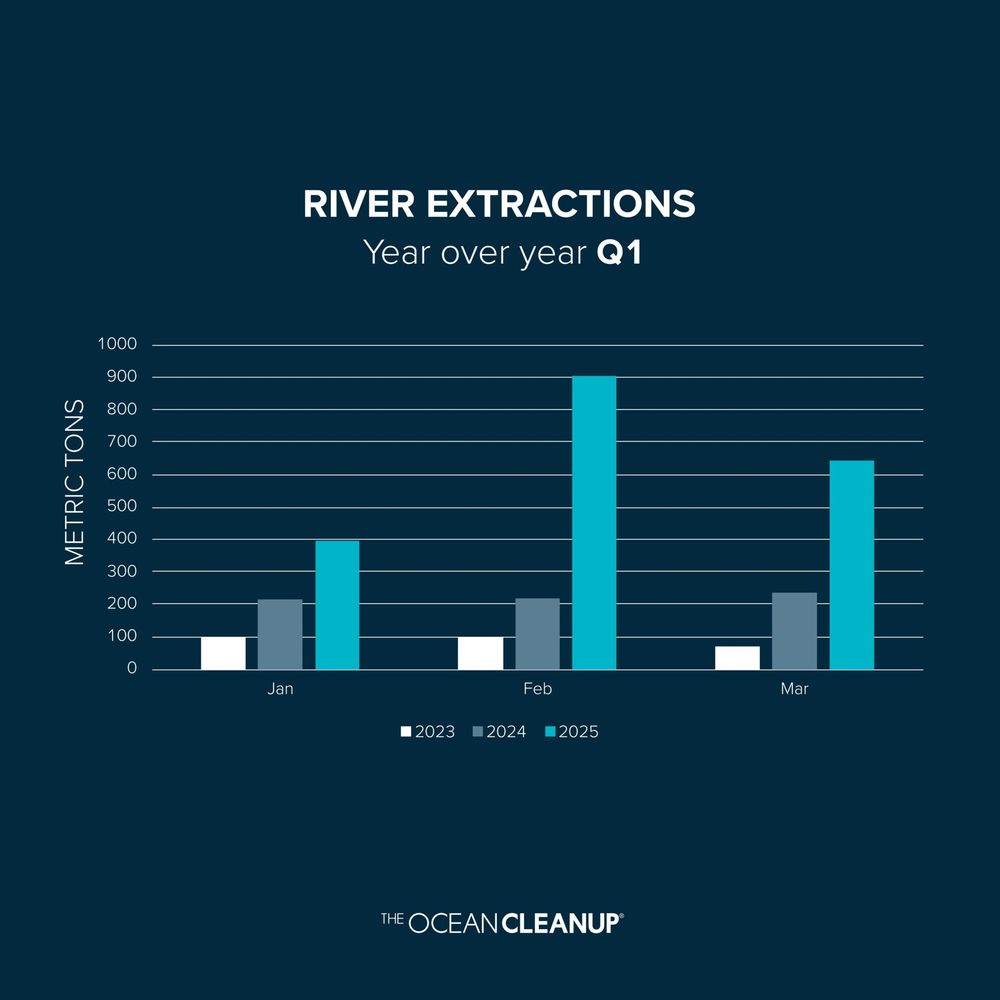
Our Research team is now working to identify their origins by analyzing these nets based on their size, color, and polymer.
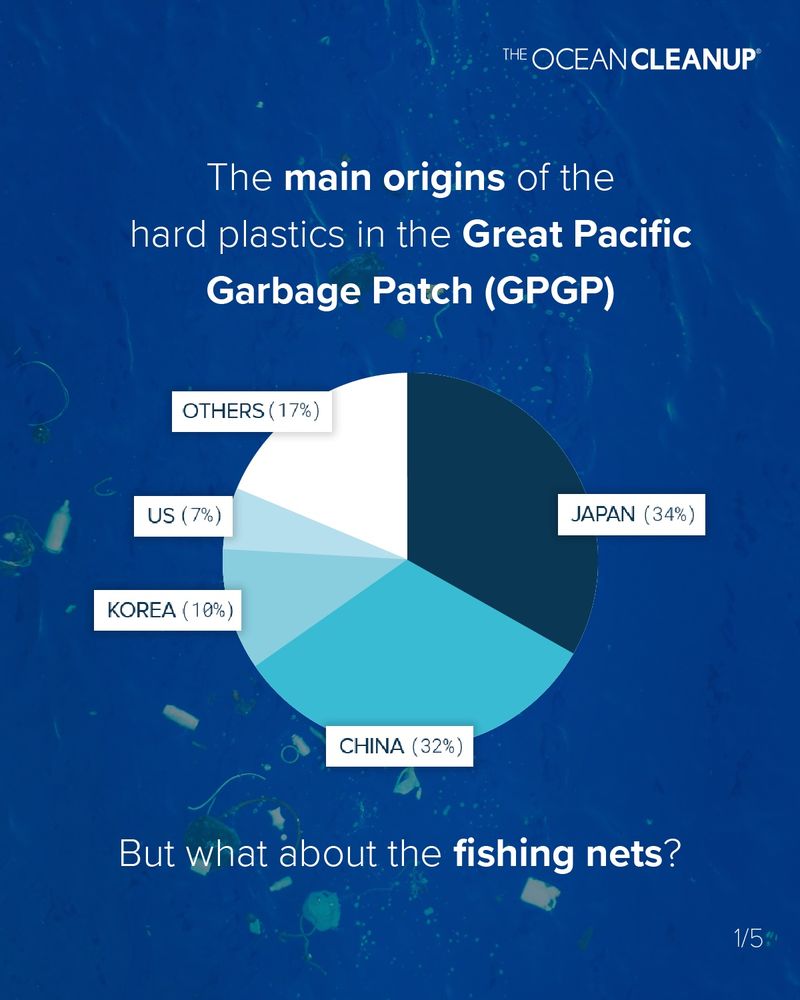
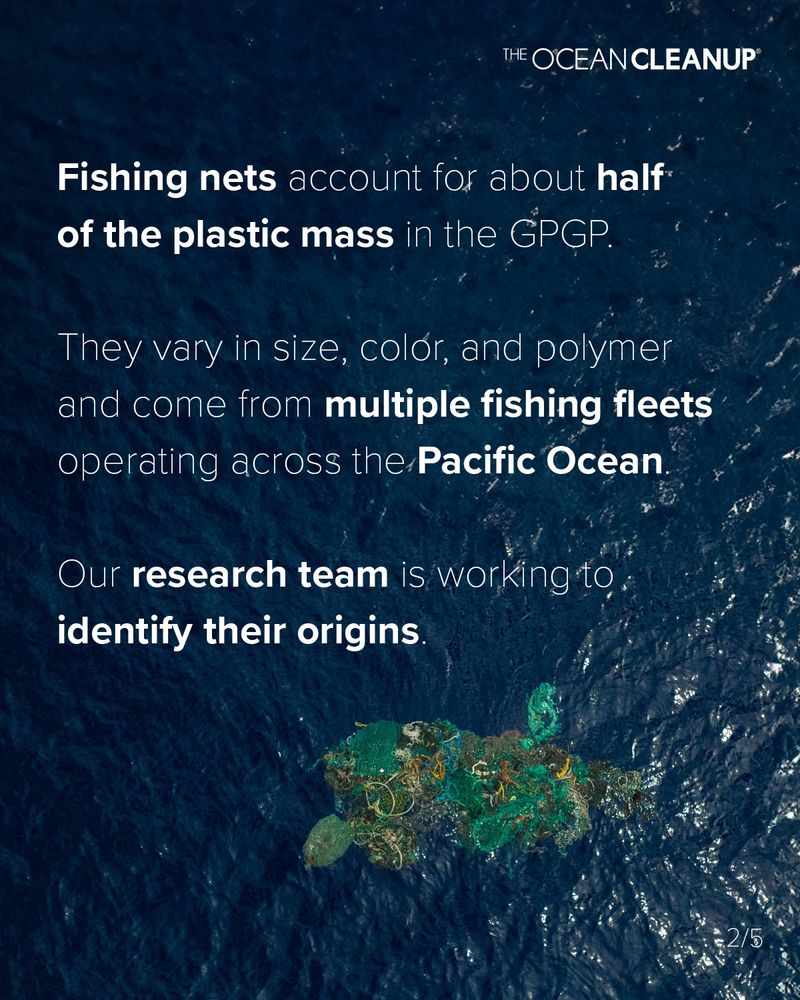
Our Research team is now working to identify their origins by analyzing these nets based on their size, color, and polymer.
We have partnered with Marea Verde Panamá to tackle the waste flowing into the Bay of Panama through the capital's rivers.
#theoceancleanup
We have partnered with Marea Verde Panamá to tackle the waste flowing into the Bay of Panama through the capital's rivers.
#theoceancleanup
We do this in two ways: by removing legacy pollution from the oceans and intercepting it in rivers. Check out our operations, and follow our progress here and on our website: theoceancleanup.com
We do this in two ways: by removing legacy pollution from the oceans and intercepting it in rivers. Check out our operations, and follow our progress here and on our website: theoceancleanup.com

